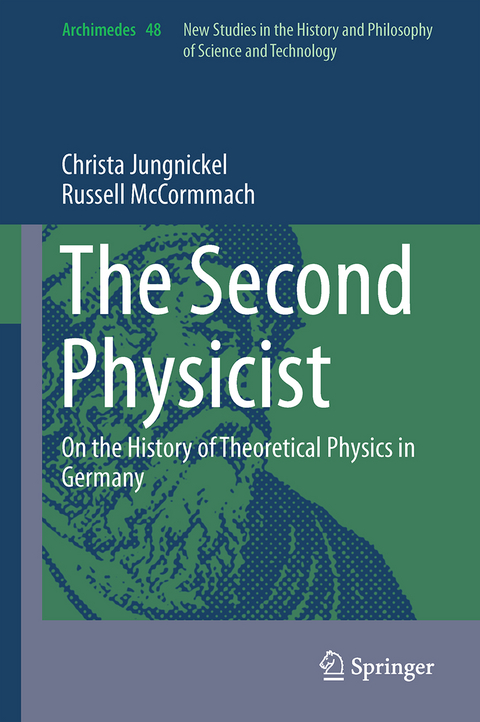
The Second Physicist
Springer International Publishing (Verlag)
978-3-319-49564-4 (ISBN)
This book explores the rise of theoretical physics in 19th century Germany. The authors show how the junior second physicist in German universities over time became the theoretical physicist, of equal standing to the experimental physicist. Gustav Kirchhoff, Hermann von Helmholtz, and Max Planck are among the great German theoretical physicists whose work and career are examined in this book.
Physics was then the only natural science in which theoretical work developed into a major teaching and research specialty in its own right. Readers will discover how German physicists arrived at a well-defined field of theoretical physics with well understood and generally accepted goals and needs. The authors explain the nature of the work of theoretical physics with many examples, taking care always to locate the research within the workplace.
The book is a revised and shortened version of Intellectual Mastery of Nature: Theoretical Physics from Ohm to Einstein, a two-volume work by the same authors. This new edition represents a reformulation of the larger work. It retains what is most important in the original work, while including new material, sharpening discussions, and making the research more accessible to readers. It presents a thorough examination of a seminal era in physics.
Chapter 1. Toward a Characterization of Theoretical Physics in Germany.- Chapter 2. Establishing Physics at the Universities.- Chapter 3. German Physicists before and around 1830.- Chapter 4. Promoting a New Physics: Earth Magnetism at Göttingen.- Chapter 5. Reforms in Teaching University Physics: Development of the Seminar and the Laboratory in the 1830s and 1840s.- Chapter 6. Physics Research in "Poggendorff's Annalen" in the 1840s.- Chapter 7. Connecting Laws: Careers and Theories in the 1840s.- Chapter 8. Mathematicians and Physicists.- Chapter 9. Kirchhoff, Clausius, Weber, and Connectedness.- Chapter 10. Physical Research in the Annalen and Other Journals around 1870.- Chapter 11. Positions in Theoretical Physics.- Chapter 12. Methods of Theoretical Physics.- Chapter 13. Ordinary Professorships for Theoretical Physics.- Chapter 14. Physical Research inthe Annalen and in the Fortschritte.- Chapter 15. Foundations and Connections.- Chapter 16. Concluding Observations.
"The shorter version is better suited to a wide readership. ... Enough of the remarkable details are present ... ." (Lewis Pyenson, Isis, Vol. 113 (1), March, 2022)
“The shorter version is better suited to a wide readership. … Enough of the remarkable details are present … .” (Lewis Pyenson, Isis, Vol. 113 (1), March, 2022)
| Erscheinungsdatum | 06.04.2017 |
|---|---|
| Reihe/Serie | Archimedes |
| Zusatzinfo | XXXI, 460 p. 15 illus. |
| Verlagsort | Cham |
| Sprache | englisch |
| Maße | 155 x 235 mm |
| Themenwelt | Naturwissenschaften ► Physik / Astronomie ► Allgemeines / Lexika |
| Naturwissenschaften ► Physik / Astronomie ► Theoretische Physik | |
| Schlagworte | Albert Einstein • Applications of Mathematics • Applied mathematics • Carl Friedrich Gauss • Classical physics • Epistemology • Franz Neumann • Georg Simon Ohm • german universities • Gustav Kirchhoff • Hermann von Helmholtz • History of physics • History of Science • History of theoretical physics • Ludwig Boltzmann • Mathematical Physics • Max Planck • Methods of theoretical physics • Nineteenth century physics • Philosophy: epistemology and theory of knowledge • Physics • Physics and Astronomy • Rudolf Clausius • Scientific Specialization • Theoretical, Mathematical and Computational Physic • theoretical physics • Wilhelm Weber • Woldemar Voigt |
| ISBN-10 | 3-319-49564-X / 331949564X |
| ISBN-13 | 978-3-319-49564-4 / 9783319495644 |
| Zustand | Neuware |
| Haben Sie eine Frage zum Produkt? |
aus dem Bereich


